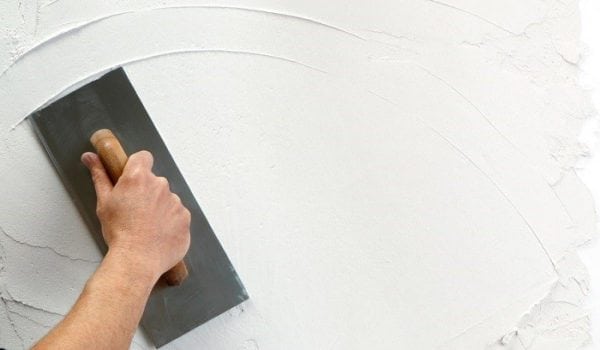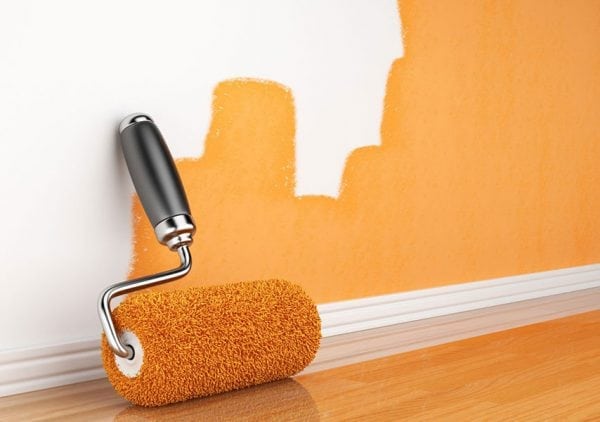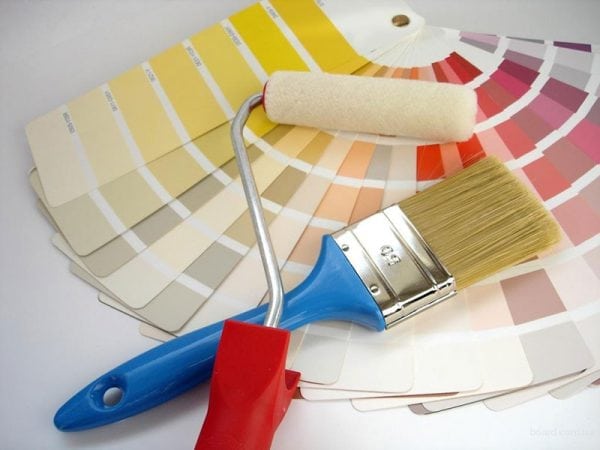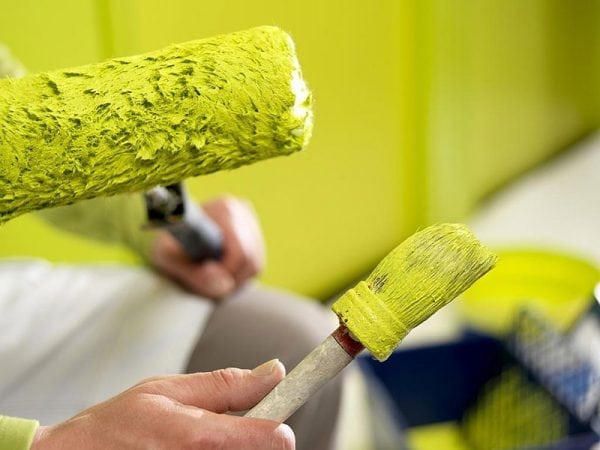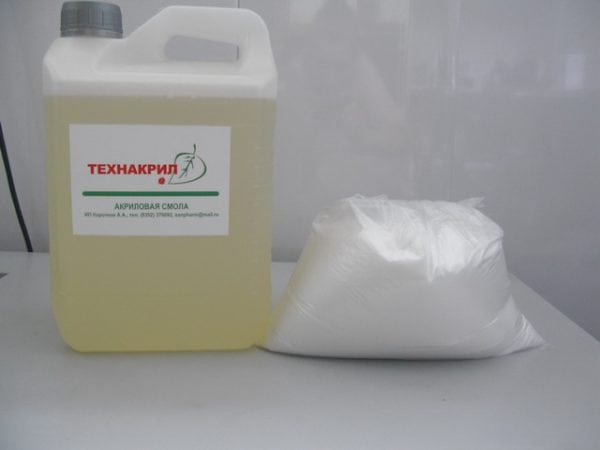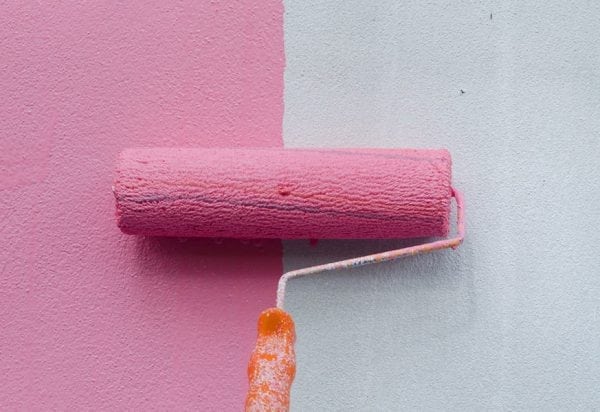Painted walls always look neat, so today this method of decoration remains popular. Manufacturers produce a huge number of paints and varnishes of various colors and composition. There will be no problems with the choice of paint, and it does not matter on which surface you plan to apply it.
- Surface preparation for subsequent painting
- Painting walls of various surfaces
- Puttying the walls
- The final stage before painting
- Wall paints - choice and types
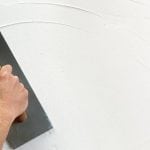
Modern paints allow you to create an interior where, after applying the composition, you will get a wall that looks like a marble one, made like natural wood, a stone wall, or a surface that imitates the finish with an expensive silk fabric. Such paints are called textured.
In order for the coloring composition to lay qualitatively on the wall, it must first be prepared. In this case, banal impregnation is indispensable; before painting the walls, you will have to level it. It is important that their surface is absolutely smooth, without a single crack, recesses and depressions. In order to qualitatively prepare the surface, after performing basic construction and plastering works, they will have to be sanded several times before finishing.
Plaster before painting is carried out in stages. Along with manual work, there is also a mechanized technology for applying the solution. It is most often used for decorating large areas and outdoor works. Mechanized plaster requires careful leveling, as it lays extremely heterogeneous.
to contents ↑Surface preparation for subsequent painting
Walls for painting can be leveled in several ways: by grinding, plastering according to previously created markings, installing gypsum fiber or drywall - with very large defects.
Do-it-yourself sanding is possible only when the wall is already smooth and plastered. If the bumps are more than three millimeters, the flaw is considered large, and it will be visible under the paint. A strong wall can be sanded, but first you need to remove the old coating and the top layer of the old plaster from it.
Do-it-yourself sanding on a plastered surface is done with ordinary sandpaper. This preparation of the wall for painting is accompanied by dust, which must be completely removed with a vacuum cleaner.
The easiest way to put gypsum fiber, because in this case there is no need to level the wall in level, and the quality will be impeccable. After installation, it remains only to prepare the joints, puttying them with your own hands. This method is optimal in the bathroom.
After finishing plastering, the surface of the wall is primed. This operation is performed by applying a primer 2-3 times with a roller. After applying each layer, it must be well dried - at least for 6 hours. For each type of paint, an instruction is attached, which indicates how to carry out preparatory work for a specific composition: for some, a synthetic primer is needed, for others, gypsum impregnation is sufficient. For the bathroom you need to take water repellent primer.
to contents ↑Painting walls of various surfaces
The walls to be painted can be made of any material. The most common surfaces are:
- with a smooth texture after processing plaster and putty;
- surface coated with decorative plaster;
- walls with ceramic tiles, wallpaper, plastic or wood panels;
- textured coating.
The type of surface plays a huge role in the choice of paint. Not every composition can be applied to any surface, because there are paints created specifically for wood, for painting only on paper surfaces, there are oil, nitro enamel and water-soluble compositions with powder dyes.
Preparatory work must be carried out taking into account the type of paint that you will use. In particular, the type of primer must be suitable for the type of paint and it is highly desirable that they be of the same manufacturer.
- If the walls in the house are wooden, then at the initial stage you should polish the surface of the wood, and only then put a layer of putty on it to hide all small cracks. Since wood is a material subject to decay, it is pre-treated with an antiseptic solution under the paint. In some cases, the tree will not be superfluous to treat with flame retardants and after painting.
- During preparatory work with a textured coating or decorative plaster, the walls are simply treated with a primer, since its surface is uneven and will remain after painting.
- If you apply paint to the wallpaper, then they are treated with a primer, or if the glue has the properties of a primer, then a layer of glue.
Puttying the walls
Walls for painting must be puttied when you are working with plaster or with gypsum plating, where all joints must be repaired so that the paint lies flat on the surface. To process the walls before painting, take two types of putty: start and finish. A composition with large grains will allow you to quickly fill the cracks, and with a fine, fine solution you will put the final point and make the perfect surface. Putties for wall treatment before painting are sold ready-made.
They must be opened immediately before applying to the wall with your own hands. In order to keep the starting mixture layer better, use a special reinforcing paint net. The mesh is completely covered with a solution and dried for at least six hours.
The finished surface must be sanded with ordinary sandpaper or with a special painting sandpaper. This is a complex procedure, and it must be carried out responsibly, since the quality of the wall covering will depend on this. Its surface should be perfectly smooth to the touch, then under a layer of paint it will look amazing.
If any irregularities are visible on the surface of the walls after finishing puttying, it is worth applying another layer of primer and rubbing it again. If you shine the lamp at an angle on the treated wall, all defects will become visible to the naked eye.
to contents ↑The final stage before painting
So, the surface of your walls is completely finished, all grinding and plastering work has been completed, the wall looks perfectly flat and smooth. Now you need to get rid of excess debris and dust, for which you can use a rag to remove excess particles from the walls or use a vacuum cleaner. Paint does not like dirt, because small particles will spoil the appearance of the wall when hit. Apply a layer of impregnation to the previously cleaned wall.
Do-it-yourself priming improves the adhesive properties of the base, which will allow the paint to lie better on the surface, because the better the adhesion to the wall, the longer the painting will delight you with an impeccable look and look more beautiful. The technology involves applying a single layer of impregnation and waiting until it dries completely.For each type of paint, a specific impregnation should be used, as indicated in the instructions on the package.
If you do not plan to process the walls in the bathroom with oil paint, then only acrylic impregnation is suitable. For water-soluble compositions, gypsum impregnation may be used. As soon as the primer layer has dried, you can begin to paint work.
to contents ↑Wall paints - choice and types
When choosing the type of paint, it is worth considering what material your room will be decorated with, what decorations you plan to use. Water-dispersion paint compositions are most often used for processing rooms, walls, ceilings. The composition very easily lays on the surface, spreads very well, forming a uniform layer, and you can apply it to the surface with a roller, brush and spray gun. In addition, it is absolutely safe, does not contain harmful components, and is diluted with ordinary water.
The drying time of the layer depends on the temperature in the room, but, as you know, water-based paints dry very quickly, their layer will hold for a long time, will not fade and crumble.
Unlike oil or nitro paints, compositions on an aqueous dispersion allow air to pass through, therefore the possibility of fungus and mold formation is excluded. The room always maintains an optimal level of humidity, which favorably affects health. The composition of such paints may contain various components, so they are usually divided into types:
- Acrylic resin is the main component in the production of acrylic paint. The main advantages of acrylic composition is the ability to pass air, moisture. Such paint does not lose its original appearance for a long time, lays perfectly on the surface, does not crumble and protects the walls in the bathroom from rotting and the formation of fungus. The wall painted with acrylic paint can be treated with a damp cloth, the wall will not fade in the sun, so you can safely use this paint for external finishing work. This composition has proven itself in the processing of facades, when painting concrete surfaces, wooden structures, metal products and gypsum. The acrylic composition perfectly fits on the wallpaper, on the plastered surface after preliminary preparation.
- Latex compounds in their structure contain rubber, which is not able to pass water, but is flexible. This surface can be washed by any chemical means, it is durable and is great for bathrooms. The downside of latex paints is the inability to withstand ultraviolet radiation. With prolonged contact with sunlight, the surface gradually burns out, and therefore this paint is not used for external decoration. But she will serve well in the bathroom.
- Aqueous dispersion based colorants also include vinyl formulations. The surface covered by them is not able to repel water, but differs in a flawless appearance. Such paints are not recommended for outdoor use, in rooms with high humidity, in addition, the surface treated with vinyl gets dirty and difficult to clean. It is best to apply such paint in a room with dry air, for the treatment of ceilings and walls of residential premises. Such a base is inexpensive.
- There are combined paints, which differ in an extensive set of operational characteristics. Naturally, their price is much higher.
In conclusion, we note that the choice of paint is not such a simple matter. Thinking over the paintwork, it is worth paying attention to the characteristics of the compositions, because not every paint can be used both indoors and for exterior painting. The exception is only universal species.In addition, how well you do the preparatory work with your own hands, the easier it is for the topcoat to lie on the surface and last longer.

